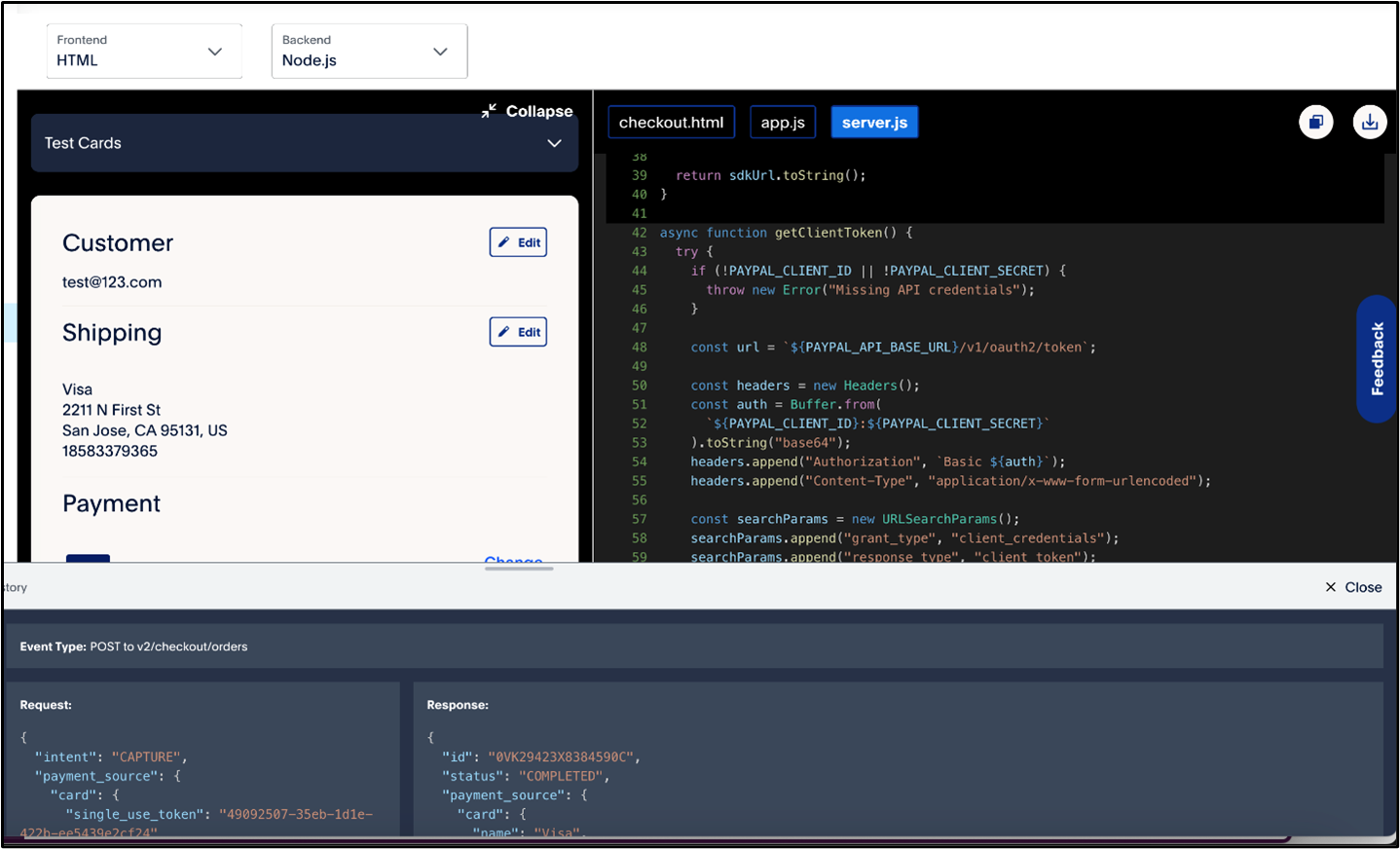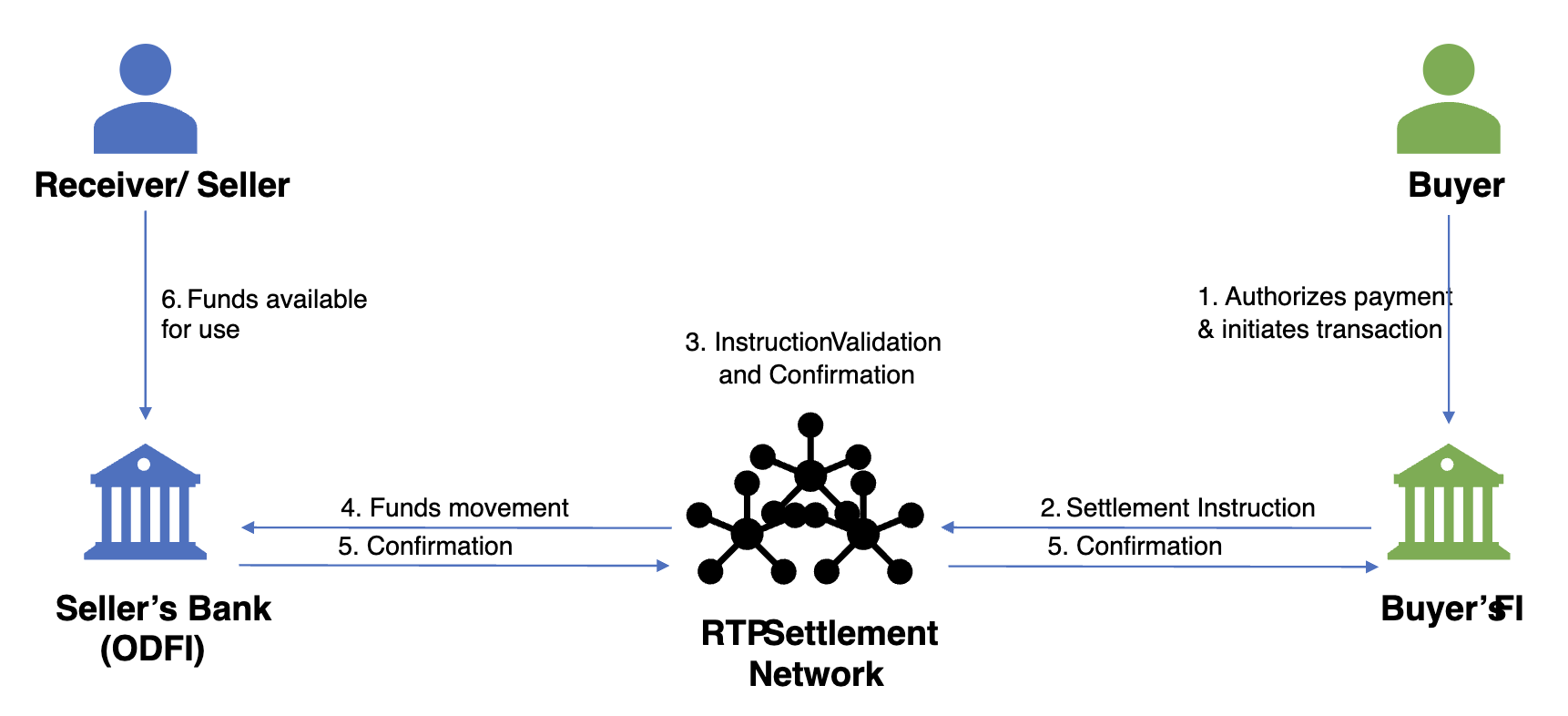Enable and Configure Two-Factor Authentication
Apr 30, 2025
6 min read

As cyber threats continue to grow, protecting your online accounts has become a top priority. Securing your financial transactions is more important than ever. In this guide, we’ll walk you through what 2FA is, why it’s crucial for PayPal users, and how to set it up to keep your information safe from evolving threats.
Why is Two-Factor Authentication Important?
Two-factor authentication (2FA) is an added layer of security designed to protect your PayPal account from unauthorized access. By requiring not only a password but also a second piece of information, typically a code sent to your phone or generated by an app. 2FA ensures that even if your password is compromised, your account remains safe.
The Benefits of Enabling 2FA
- Enhanced Account Security: With 2FA, attackers can't simply steal your password and gain access. They would need your phone or access to a TOTP (Time-based One-Time Password) app to bypass the second layer of security.
- Reduced Risk of Fraud: Since 2FA prevents unauthorized logins, it reduces the chances of fraud and financial loss through unauthorized transactions.
- Peace of Mind: Knowing that your PayPal account has an extra layer of protection gives you peace of mind, especially when making online purchases or managing payments.
- Convenience and Control: While adding an extra step during login, 2FA is still a convenient way to protect your account. You get full control of your security settings and can modify or disable 2FA if necessary.
2FA is not just an extra feature, it's an essential tool for anyone who values their online security.
What Do You Need to Enable Two-Factor Authentication?
Before you can enable two-factor authentication (2FA) on PayPal, make sure you have the following requirements in place:
Two Factor Authentication Requirements
1. A PayPal Account: You’ll need an active PayPal account. This is the first and most essential requirement to enable 2FA.
2. Mobile Device: You'll need a mobile device capable of receiving SMS messages or one that supports Time-based One-Time Password (TOTP) apps such as Google Authenticator or Authy. Both options will allow you to receive the verification codes needed for 2FA.
- If you opt for SMS-based authentication, you will receive a one-time code via text message.
- If you choose a TOTP app, it will generate a new code every 30 seconds.
These simple requirements ensure that you can securely receive and input the codes needed to complete the 2FA process.
How to Enable Two-Factor Authentication
Enabling two-factor authentication on PayPal is straightforward and can be done in just a few easy steps. Here’s how you can enable 2FA on your account:
- Log In to Your PayPal Account: Start by logging into your PayPal account using your username and password.
- Go to Account Settings: Once logged in, click on the gear icon located in the top right corner of the page to access your account settings.
- Select 'Security': From the account settings menu, select "Security" to manage your security settings. Enable Two-Factor Authentication: Under the "Security" section, find and click on "Two-Factor Authentication" (or "2-Step Verification").
- Choose Your Verification Method: You will be prompted to choose between SMS-based authentication or using a TOTP app. Select the method that works best for you. For SMS-based authentication: Enter your mobile number and choose to receive a verification code via SMS.For TOTP apps: If you prefer using an app like Google Authenticator, scan the QR code provided by PayPal to link your app with your account.
5. Enter the Verification Code: After choosing your preferred method, PayPal will send a verification code either via SMS or the TOTP app. Enter this code to complete the process.
6. Confirm and Enable 2FA: Once the code is verified, click "Confirm" to finalize the setup. You will now be protected by two-factor authentication every time you log into your account.
You’ve successfully enabled 2FA on PayPal! Now, every time you log in, you’ll be prompted to enter a code from your mobile device in addition to your password, enhancing your account’s security.
How to Sign In with Two-Factor Authentication
After enabling 2FA, signing into PayPal becomes a slightly different process but remains simple to follow. Here's how to sign in with 2FA:
- Enter Your Username and Password: Start by entering your usual login credentials, including your username and password.
- Enter the Verification Code: Once you’ve entered your password, PayPal will send a verification code to your mobile device. If you’ve chosen SMS, check your text messages. If you’re using a TOTP app, open the app and retrieve the code.
- Complete Login: Enter the verification code in the provided field on PayPal’s login screen. Once you do, you’ll gain access to your account.
This extra step ensures that even if someone else knows your password, they won’t be able to access your account without your phone or authentication app.
Two-Factor Authentication Troubleshooting
Although 2FA is a reliable security tool, users may occasionally encounter issues. Here are some common problems and how to troubleshoot them:
Common Problems with Two-Factor Authentication
- Incorrect or Expired Codes: If you’re entering an incorrect or expired code, double-check that the code hasn’t passed the 30-second window (for TOTP apps). If using SMS, ensure your phone has a good signal and that you’re receiving messages.
- Lost Access to the Mobile Device: If you’ve lost access to the phone that receives your 2FA codes, you may need to reset your 2FA settings through PayPal’s security options.
- Issues with TOTP Apps: If the TOTP app isn’t generating valid codes, try re-syncing the time on your phone or reinstalling the app.
How to Temporarily Disable Two-Factor Authentication for a User
There may be scenarios where temporarily disabling 2FA is necessary, such as when you switch to a new phone or have trouble receiving codes. In such cases, you can disable 2FA temporarily from your PayPal security settings.
To disable 2FA, simply go to the "Security" section in your PayPal account settings and select the option to turn off two-factor authentication. However, it’s important to note that disabling 2FA reduces your account’s security, so it’s advised only to do this when necessary and re-enable it as soon as possible.
How to Reset Two-Factor Authentication
If you need to reset your 2FA settings (for example, if you lost access to your authentication method or are switching to a new device), you can reset your 2FA via PayPal's security settings. Follow the instructions provided on the platform to reset your authentication method and reconfigure your 2FA settings.
Making Payments Secure
Two-factor authentication is an effective way to enhance your account’s security and reduce the risk of fraud. By requiring an additional layer of verification, PayPal helps to keep your PayPal transactions and account are more secure. Remember, enabling 2FA may add a couple of extra steps when logging in, but it's a small price to pay for the increased protection it provides. By taking these simple steps to enable and configure 2FA, you are actively protecting your personal and financial information, making your online experience more secure.
Recommended

A Faster Guest Checkout: How to Integrate Fastlane by PayPal
8 min read

Exploring the Growth of Real Time Payment Systems
5 min read

Pay by Bank for E-Commerce | Using Bank Accounts to Make Purchases with SMBs [ACH]
5 min read
